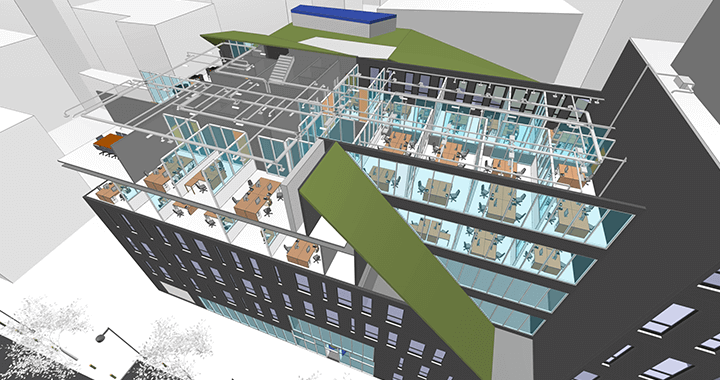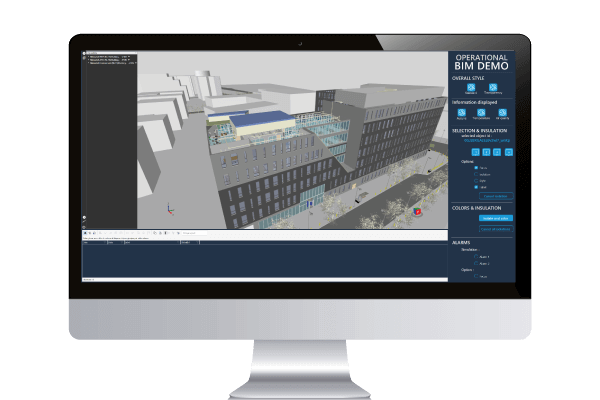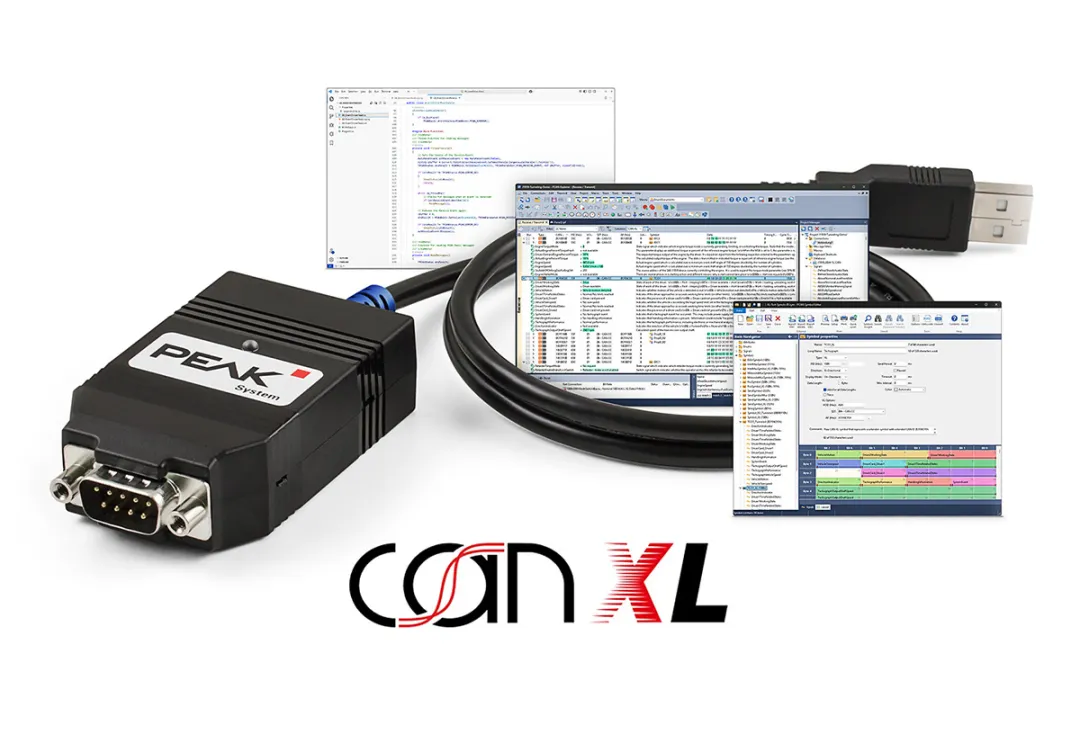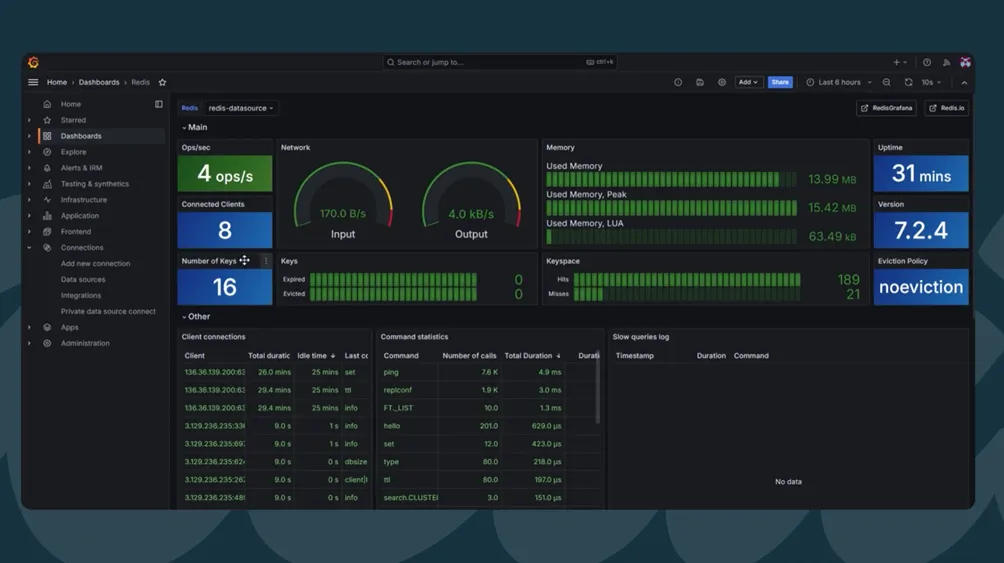
【虹科方案】KnowBe4 實戰指南:打造「人+技」雙重防禦,強化企業網絡安全文化
面對日益嚴峻的釣魚與勒索攻擊,企業該如何強化資安防禦?本篇深入解析 KnowBe4 的實戰策略,從多因素認證(MFA)、漏洞管理、雲端備份到安全文化建設,幫助企業打造「人+技」協同防線,全面防範勒索軟件與社交工程風險。
Lorem ipsum dolor sit amet, consectetur adipiscing elit. Ut elit tellus, luctus nec ullamcorper mattis, pulvinar dapibus leo.
The emergence of BIM (Building Information Modeling) around 2011 has brought a major breakthrough to the construction industry. Today, the technology has matured to the point where it can be applied to other areas in addition to the construction phase.
So, how do you integrate BIM into a SCADA system?

In the past, project managers used AutoCAD to produce simple drawings, but BIM has three key features that go beyond traditional drawing design:
The primary goal of BIM is to improve and deepen the design phase. Better design means fewer construction errors and easier maintenance. The '1-20-60 rule', as it is known in the construction industry, states that a €1 error in design can lead to an additional €20 in construction costs, and ultimately a €60 increase in maintenance costs.
In the broadest sense, BIM is a complete description of a building. Often misunderstood as a mere 3D representation, which is a stereotype, the key to BIM is that it is a collection of all the information about a building. This information is not only useful to the project manager, but also to the operations, maintenance and integration teams.
BIM provides stakeholders with all the information needed for building equipment and operations and maintenance, ensuring a seamless transition from the construction phase to the operations and maintenance phase of the building.
BIM can integrate three types of data:
The correlation of these data constitutes a digital symbiosis: a fusion of the physical and virtual worlds in a two-way system (where information can be retrieved and returned).

With BIM becoming a key element of SCADA, we have integrated it into our Panorama SCADA solution to make the HONGKEI Panorama SCADA system BIM-enabled for operations.
BIM building data can be imported into Panorama Studio, the integrated development environment for Panorama SCADA. This is done through relay data in IFC files (OpenBIM Common Format).Panorama Studio recognizes various building components and adds them as design "objects" (digital instances of physical objects), thus speeding up the development of applications.
3D models can be integrated into SCADA applications and animated to provide spatial context for building information, making it easier for operators to navigate and locate equipment components or related information.
Example:
When the operator receives an alarm indicating a valve failure and wishes to view it in the application:
Select Alert Notification
The application shows the exact position of the valve in the 3D model.
Valve faults can be intervened in by the operator
BIM is a complete description of the building and therefore requires structured processing of the displayed information. The user view is essential for the accurate application of the data.
The following are examples of SCADA applications based on user roles:
With BIM operational capabilities, HONGKEI Panorama puts BIM at the heart of its operations and becomes a valuable "ally" in the implementation of SCADA solutions for its customers.

面對日益嚴峻的釣魚與勒索攻擊,企業該如何強化資安防禦?本篇深入解析 KnowBe4 的實戰策略,從多因素認證(MFA)、漏洞管理、雲端備份到安全文化建設,幫助企業打造「人+技」協同防線,全面防範勒索軟件與社交工程風險。

虹科最新文章 HongKe 【虹科新品】汽車通訊新突破!PCAN-XL 首度亮相! 汽車智能化浪潮勢不可擋,通信技術如何緊貼步伐?虹科重磅推出支援最新 CAN XL 標準

Redis企業版助力銀行及金融機構構建高效能、穩定可靠的實時數據架構。憑藉記憶體級性能、多活架構、低延遲與高可用設計,解決高併發、災備切換、合規與風控挑戰。了解 Axis Bank、Cheq、Ekata 等真實金融科技案例,開啟數碼轉型新時代。